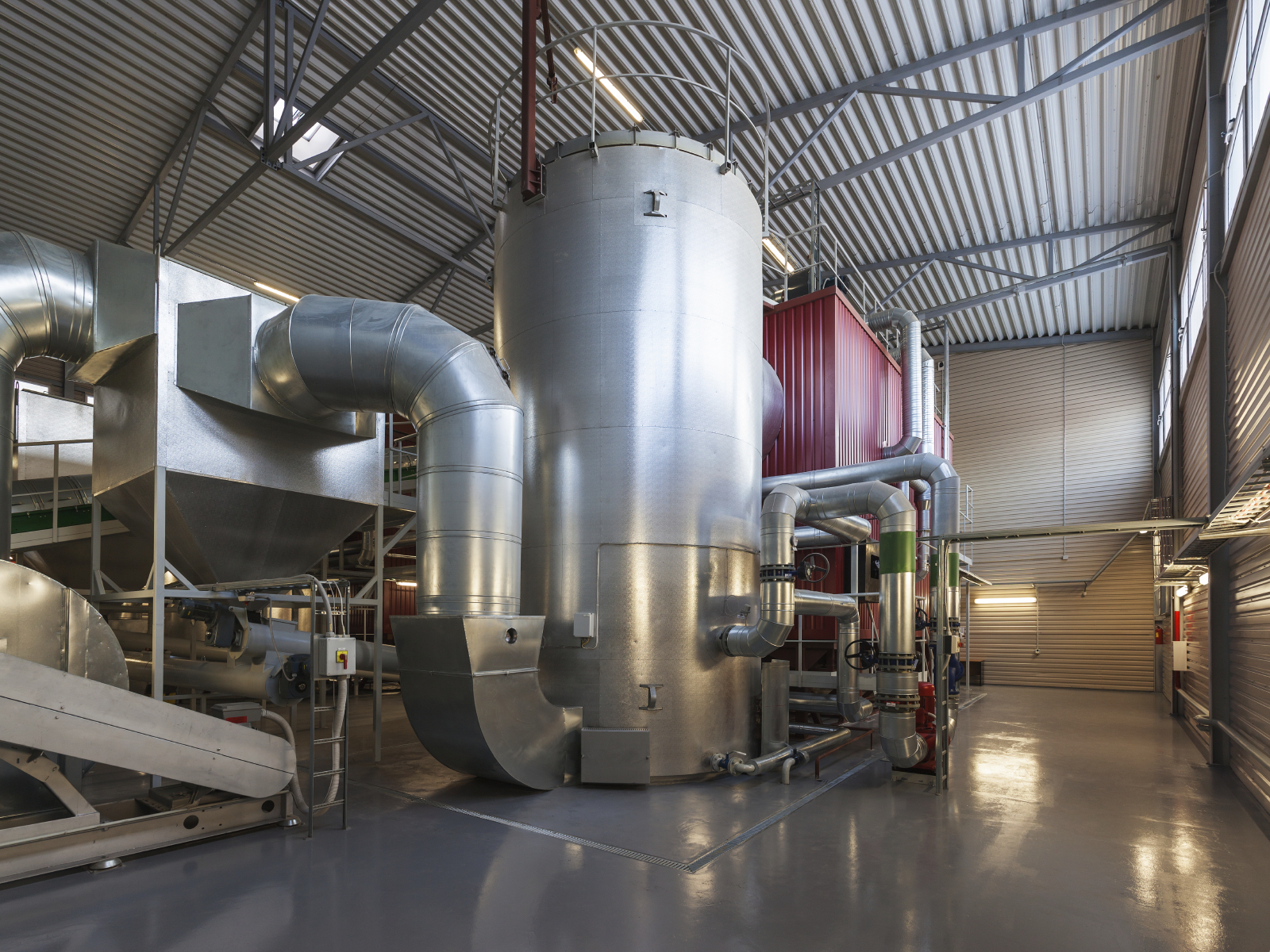
Safety, the origin of the problem
For many years boilers and chillers have been purposely oversized. Why? For the most part, it was a safety factor. Not just a safety factor for paranoid engineers who purposely design unnecessarily large systems in fear of making a mistake, but a safety factor for the building. Boiler and chiller selections are based on the heating and cooling loads. A reasonable safety factor for a boiler selection is to select two boilers at 2/3 or three boilers at ½ of the total load calculation. If one boiler goes down, the building still has heating capacity for 1/3 to ½ of the building. In addition, the extra heating capacity is available for building expansion. It seems some engineers, however, have taken this safety factor too far as many hot and chilled water systems are designed for double, or more, the necessary capacity.
What is the worst thing a building owner can do? Replace a grotesquely oversized boiler(s) with grotesquely oversized boilers of the same capacity. It costs too much to implement. Worse, it results in very little savings and commensurately tiny energy efficiency incentive.
Over sizing, to any degree, is not necessary. Most equipment is selected based on the heating and cooling loads at the worst case scenarios. In other words, the equipment is sized for the hottest or coldest times of the year, and therefore oversized for most of the year. Expansion should also not be a concern. A hot or chilled water system can be designed to accommodate additional equipment in the future.
What to do
Load calculations should always be performed with any boiler or chiller replacement. Always consider part load and seasonal operation to maximize overall boiler plant efficiency. As noted many times in these Briefs, efficiency occurs by matching system design with the application, and much less so with the actual efficiency of the equipment. If replacing existing boilers, be sure the system is designed by an engineer. Request load calculations to be performed and checked against existing equipment sizes. Not only will the engineer determine if equipment is sized and installed correctly, but he or she can take an in depth look at your entire system.




